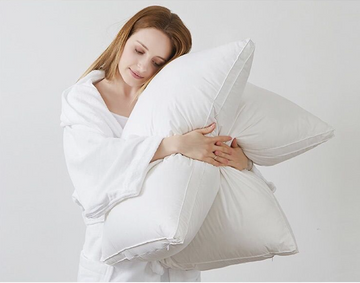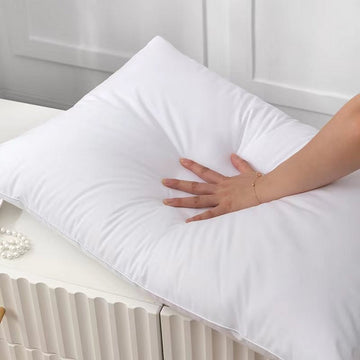The Science of Sleep in Space
Exploring the Challenges of Sleeping in Zero Gravity
Getting a good night's sleep can be hard in space. Astronauts float in zero gravity. This means they can't lie down like we do on Earth. They also can't feel the softness of a mattress or a pillow. Their bodies must adapt to this odd way of resting. They have to strap themselves to stop floating away. Movement and noise can also make it harder to sleep. The light from the sun rises and sets every 90 minutes. This can upset their body clocks. Finding ways to sleep well in space is a big task for NASA.

How NASA Addresses Sleep in Space Missions
In space, normal beds and pillows are not an option. NASA takes sleep seriously during missions. They use special restraints to hold astronauts in place. Crew members have personal sleeping bags that attach to the wall. This stops them from floating away while they rest. Pillows used must be compact and stable. They are often designed with memory foam technology. This gives head and neck support even in zero gravity. Sleep cycles are also kept regular with scheduled rest times. Without gravity, sleep posture differs. NASA studies how this affects the body. All this research helps them find the best ways for astronauts to sleep in space.
What Pillow Does NASA Use?
The Technology Behind NASA-Approved Pillows
NASA uses advanced technology for astronauts' pillows. These pillows are designed for space. They have to work in zero gravity. Made with memory foam, they mold to the head and neck. This supports the astronaut while they sleep. The tech also helps manage temperature and moisture. It is important for comfort in space. The pillows can fold up for easy storage on spacecraft. They use materials that are fire-resistant and durable. Such tech is now being adapted for pillows on Earth.
Benefits of NASA-Inspired Pillows for Earth Sleepers
- Improved Spinal Alignment: These pillows can help align your spine. They keep your head and neck in the right spot.
- Better Sleep Quality: The materials used mimic weightlessness. This gives a sense of floating. It can lead to deeper sleep.
- Hypoallergenic Properties: Many NASA-inspired pillows resist allergens. They help reduce sneezing and itching.
- Durability: These pillows last longer than regular ones. They don't lose shape or support fast.
- Temperature Regulation: The tech helps control heat and moisture. It keeps you cool and comfy all night.
Enhancing Your Sleep Quality
Tips for Choosing the Right Pillow
- Know Your Sleep Position: Side, back, or stomach? Choose a pillow that supports your style.
- Check the Material: Foam, feather, or latex can affect comfort and shape retention.
- Consider Firmness: Soft, medium, or firm? Pick what feels good to your neck and head.
- Pillow Height: Make sure it aligns your head with your spine.
- Hypoallergenic Options: These are a must if you have allergies.
- Adjustability: Some pillows offer customization for better fit.
- Durability: A good pillow should maintain its shape and comfort over time.
- Ease of Cleaning: Look for pillows that are easy to wash and dry.
- Health Benefits: Choose ones that reduce snoring or improve circulation.
- Trial Periods: Some brands offer sleep trials. Use them to find the best fit for you.
The Future of Sleep Technology Inspired by Space Travel
The future of sleep tech is exciting. New gadgets and materials are coming. They take ideas from space travel. So, what might we see soon?
- Smart pillows that adjust as you move
- Mattresses that help your body recover
- Sleep apps that work with your home
Such tech could change how we rest. It can make good sleep more common. And that's good news for everyone.






